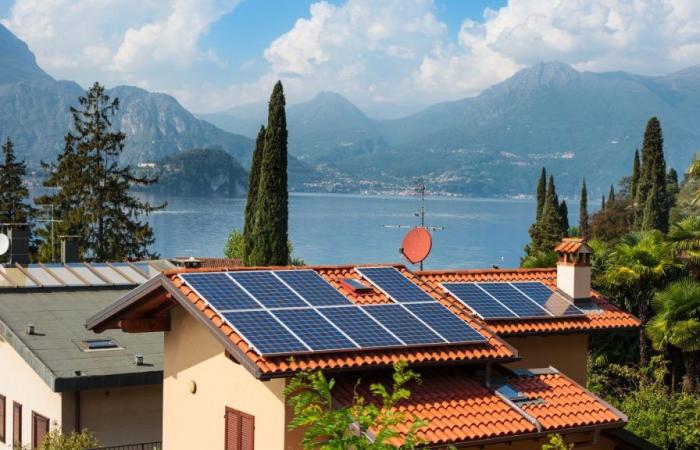
Zero impact homes, but also low consumption offices and shops. It is the goal that Brussels has set itself with the d“green homes” directive to eliminate the emissions produced by buildings across Europe in a quarter of a century. A “common, necessary” but above all “ambitious” objective, as defined by ANCE President Federica Brancaccio. Especially for Italy, where according to estimates by the Confindustria builders’ association, there are still 1.45 million buildings to be renovated by 2035 to achieve the energy saving goals set by the directive. It’s a shame that after the unfortunate season of tax incentives and Superbonuses, state resources are not enough to cover the costs of redeveloping so many homes. To the great dismay of the owners, therefore the EU directive on energy efficiency – recalls Confconstruction – could risk becoming a danger rather than an opportunity.
Yes why 180 billion euros will be needed to make Italian homes green. The estimate is that of the experts at the Polytechnic University of Milan who, in research anticipated by Il Sole 24 Ore, calculated how much it would cost the country to adapt to the final text of the “Energy Performance of Buildings Directive” if it were implemented by Italy. Considering that 40% of the Italian real estate stock is made up of class G properties, between 93 and 103 billion euros would be needed to improve the energy efficiency of this housing category alone. A sum to which another 80 billion should be added to intervene on buildings of other energy classes.
After the hole of over 200 billion euros in four years due to the building bonus – starting from the famous 110% – it is therefore difficult to understand where will it be possible to find the resources to meet the reduction of first 16% and then 22% in the energy consumption of buildings within eleven years. Yet, if it is It’s true that the season of building incentives has brought public finances to their knees, it’s also true that thanks to the Superbonus we will not start from scratch to comply with the EU directive. “The energy savings achieved allow us to start from a more advanced position”, recalled the president of Ance on the occasion of the national assembly, so it will be easier “to accept the rules on green houses without fear”. After all, “the advantages are enormous for everyone in terms of social, environmental and economic sustainability”, she continues, given that “a less polluting house can save up to half the bill”.
But then who pays? Simple for the reed builders: Pantalone. “There is no single recipe – concluded Brancaccio – “we need a range of tools and solutions that allow us to achieve the objective. Of course, resources are needed: Europe and the State must do their part to support the expenses of families and above all of those who do not have the means to cover them. At the same time, banks and operators will have to imagine innovative financial instruments.”





